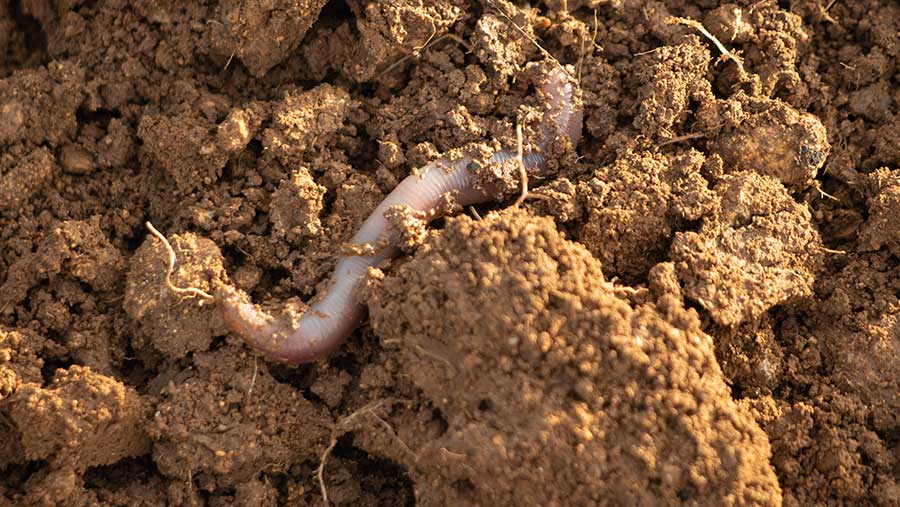Slow uptake of SFI blamed on low payments and lack of detail
 © Tim Scrivener
© Tim Scrivener A lack of clarity, poor communication and unattractive payment rates are contributing to a slow uptake of the Sustainable Farming Incentive (SFI) in England, MPs were told this week.
So far, Defra has declined to share figures on how many applications have been received since the launch in June, but anecdotal evidence from farming bodies suggests it is “in the hundreds rather than the thousands”.
This compares with Defra’s long-term target to get 70% of all farmers signed up to the scheme by 2028.
See also: Defra names farmer recipients of Landscape Recovery funding
Addressing an evidence session of the Environment, Food and Rural Affairs (Efra) committee, which is holding another inquiry into the roll-out of the Environmental Land Management (ELM) scheme, NFU vice-president David Exwood pointed to the lack of detail available.
“We have had certainty in the phase-down of BPS, but we have not had enough information on the development of ELM, in particular SFI, and this is a problem,” he said.
That information gap – with just three SFI standards currently available out of a possible 25 or more – had come at a time when farmers were facing incredible volatility and huge inflation in their costs, Mr Exwood added.
“In times of volatility, people go for certainty,” he told the committee. “That is why we have seen a big rise in applications for Countryside Stewardship. But we need more certainty on what the SFI scheme can deliver for farmers so they can engage with it. Until that time, they have to play safe.”
‘Underwhelmed’
Country Land and Business Association (CLA) chief land use policy adviser Susan Twining agreed that people had been “slightly underwhelmed” by the SFI.
A survey the CLA had run with land agent Strutt & Parker had revealed that the main reason farmers and landowners were shunning the SFI this year was because of low payment rates (see panel).
“There is an urgent need to get more information out in order to unlock that desire to get involved,” she said. People going into SFI now would not receive any money until 2023, yet BPS had already been cut twice.
On the positive side, Ms Twining welcomed the rolling application window, and said it was evident that those farmers and landowners who had applied for SFI had found the process relatively simple.
Extension
But Tenant Farmers Association chief executive George Dunn said Defra needed to put much greater effort into explaining the scheme, as farmers were struggling to understand it compared with the well-established BPS system.
He said: “Members are asking, ‘Do I spend time on the tractor, doing the land work and looking after the environment, or do I have to sit in front of the computer screen so I can understand this stuff?’
“You cannot rely upon blog posts and disparate bits of the website to inform farmers about what is happening. There needs to be a better look at extension work.”
ONLINE (BOX FOR PRINT ONLY)
Farmer cluster groups are among the 22 beneficiaries of the first £12m on offer through Defra’s new Landscape Recovery pilot scheme – another part of ELM.
For the full list of beneficiaries, see Defra names farmer recipients of Landscape Recovery funding
Survey confirms low uptake of SFI
The CLA and Strutt & Parker conducted a “Future of Farming” survey during June and July 2022, in an attempt to capture farmer attitudes to some of the new schemes being introduced.
Asked which of the Defra-funded schemes available in England they planned to enter in the next three years, just 37% of the 215 respondents confirmed they were interested in the SFI.
Those who did not intend to enter the SFI in 2022 were asked why not. Among the reasons given were:
- Payment rates are not attractive enough given the costs of delivery (51%)
- Process is too bureaucratic (27%)
- Waiting to see if the early stages are successful (28%)
- Waiting for full SFI to become available (27%)
- Standards currently available don’t fit with current farming system (19%)
